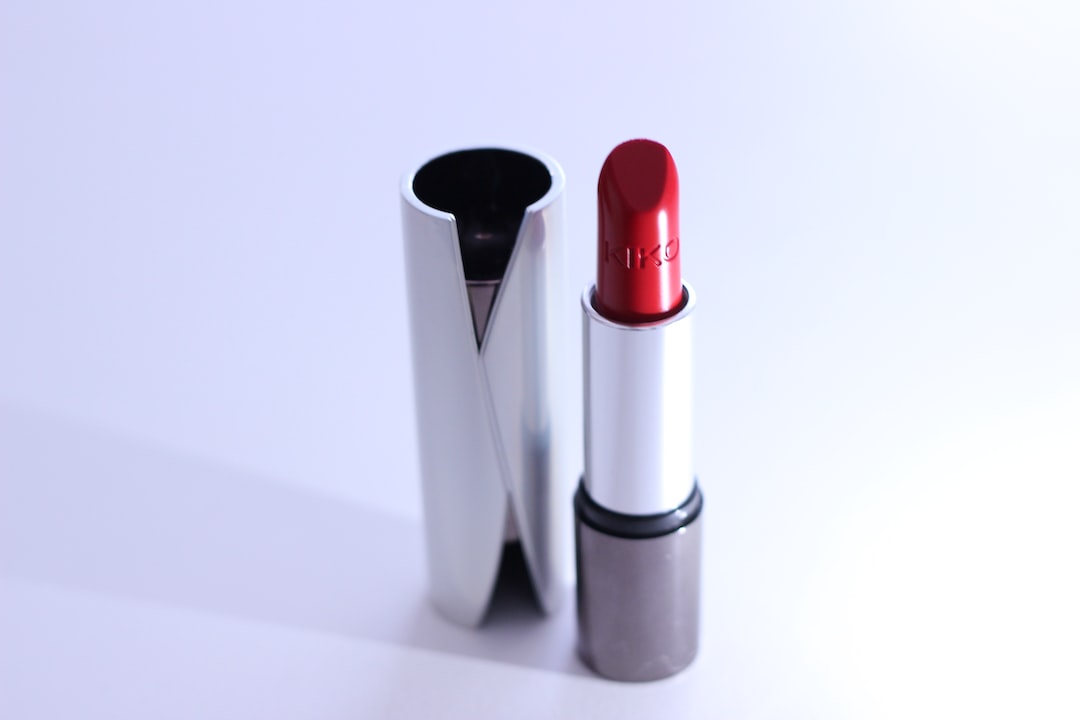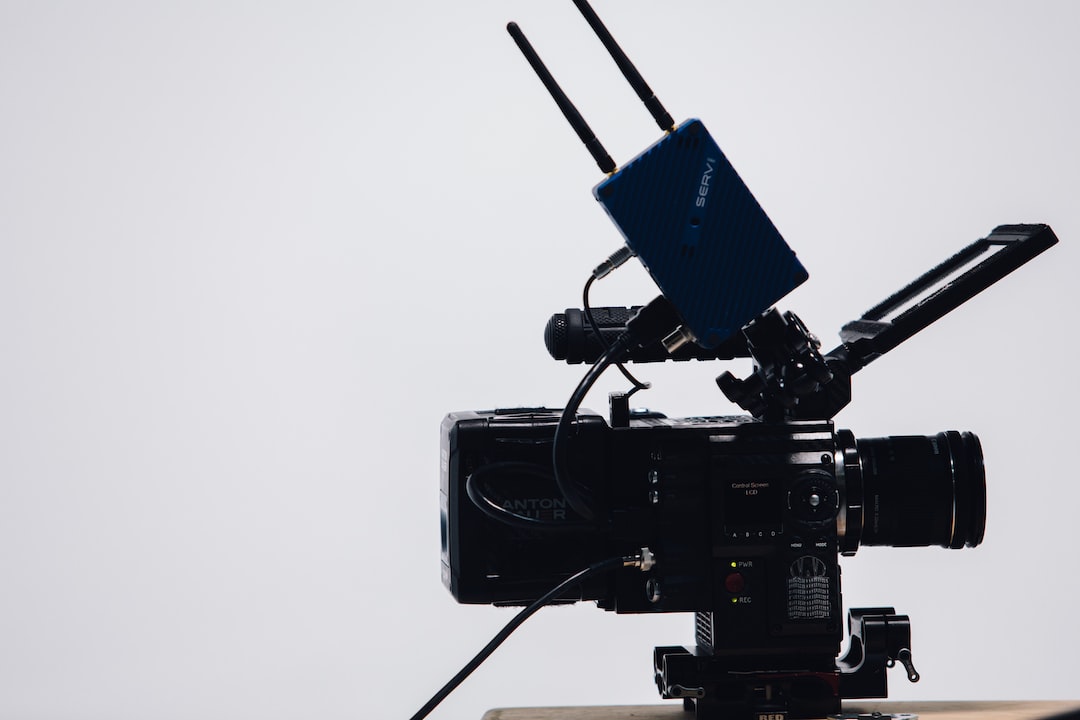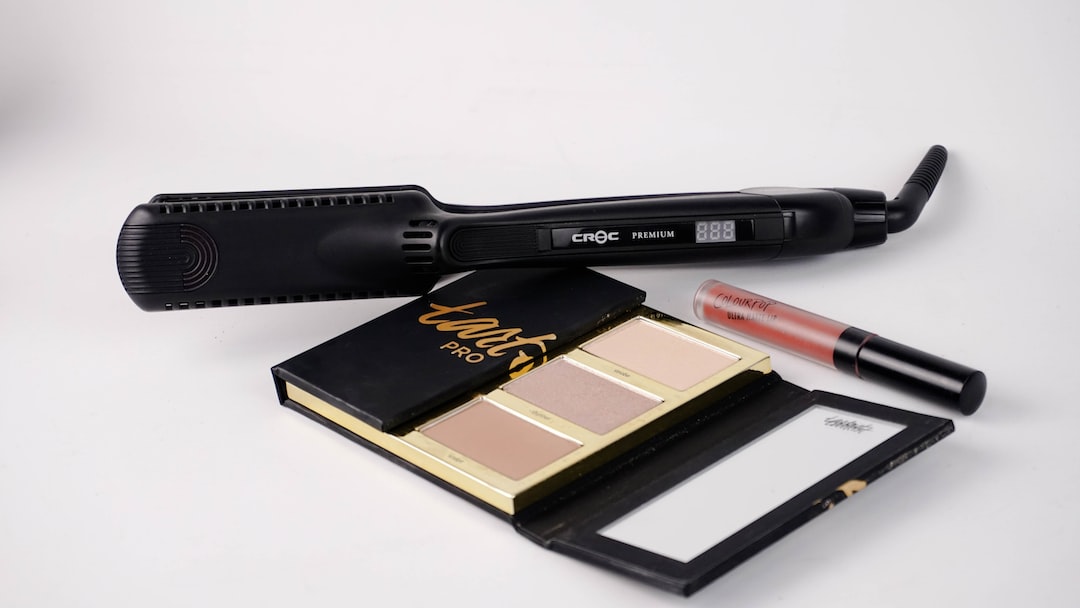Tattoos are a popular form of body art and self-expression. However, many people eventually regret their decision to get a tattoo and seek ways to remove them.
Tattoo removal methods
There are several methods for tattoo removal, including laser removal, surgical excision, dermabrasion, and tattoo removal creams. Each method has its pros and cons, and the choice depends on various factors such as the size, color, and location of the tattoo.
Laser removal
Laser removal is the most common method for tattoo removal. It works by breaking down the tattoo ink with high-intensity laser beams. The ink particles are then absorbed by the body and eliminated through the lymphatic system. Multiple sessions are usually required for complete removal.
Surgical excision
In cases where laser removal may not be effective, surgical excision can be an option. This method involves cutting out the tattooed skin and stitching the surrounding skin back together. It is typically used for small tattoos.
Dermabrasion
Dermabrasion involves removing layers of skin using a rapidly rotating brush. This results in the tattoo ink being scraped away. This method is more painful and can cause bleeding and scarring.
Tattoo removal creams
Tattoo removal creams are applied topically and work by fading the tattoo over time. They usually contain ingredients such as hydroquinone, kojic acid, and TCA. However, the effectiveness of these creams varies, and complete removal is often not possible.
What happens to the skin after tattoo removal?
Tattoo removal procedures can cause changes to the skin’s appearance and texture. The extent of these changes depends on various factors, including the method used, the size and color of the tattoo, and individual skin characteristics.
Pigmentation changes
After tattoo removal, the skin may experience hypo-pigmentation (lightening of the skin) or hyper-pigmentation (darkening of the skin). This occurs due to the disruption of melanocytes, the cells responsible for producing skin pigments. Hypo-pigmentation is more common in individuals with darker skin tones, while hyper-pigmentation is more common in those with lighter skin.
Scarring

Tattoo removal procedures can cause scarring, especially surgical excision and dermabrasion. Scarring can vary in severity, depending on the individual’s skin healing process and the skill of the practitioner. Proper aftercare and following the practitioner’s instructions can help minimize scarring.
Texture changes
Depending on the method used, tattoo removal can result in changes in the skin’s texture. Laser removal generally has fewer texture changes compared to surgical excision and dermabrasion. However, all methods can potentially cause texture changes such as roughness, smoothness, or unevenness.
Can the skin ever look normal again?
While tattoo removal procedures can cause changes to the skin’s appearance, it is possible for the skin to eventually look normal again. In many cases, the pigmentation changes and texture changes gradually improve over time.
For individuals with hypo-pigmentation, the skin may gradually regain its normal color as melanocytes regenerate. In cases of hyper-pigmentation, the use of skin lightening treatments or topical creams prescribed by a dermatologist can help fade the darker areas.
Scarring can also fade over time, particularly with proper care and the use of scar treatment products. It is important to protect the healing skin from sun exposure and follow any recommended skincare routine provided by the practitioner.
Texture changes may improve over time as well, although they may never fully return to the original state. However, most individuals find that the texture changes are not as noticeable as the tattoo itself, and they are generally satisfied with the overall appearance of their skin after tattoo removal.
Tattoo removal procedures can result in changes to the skin’s pigmentation and texture, as well as potential scarring. However, with proper care, time, and sometimes additional treatments, the skin can gradually regain its normal appearance. It is essential to consult with a qualified practitioner to determine the most suitable tattoo removal method and discuss realistic expectations for the results.









